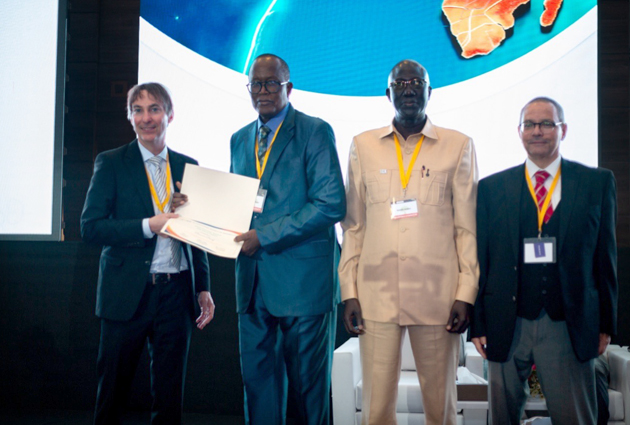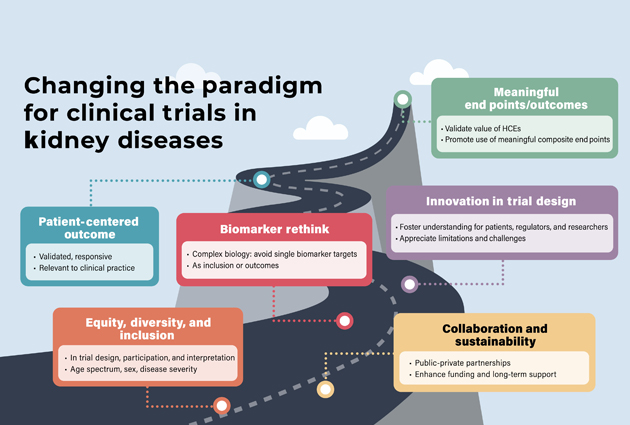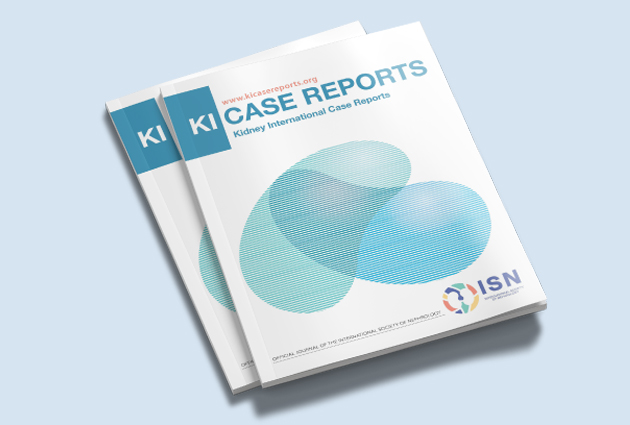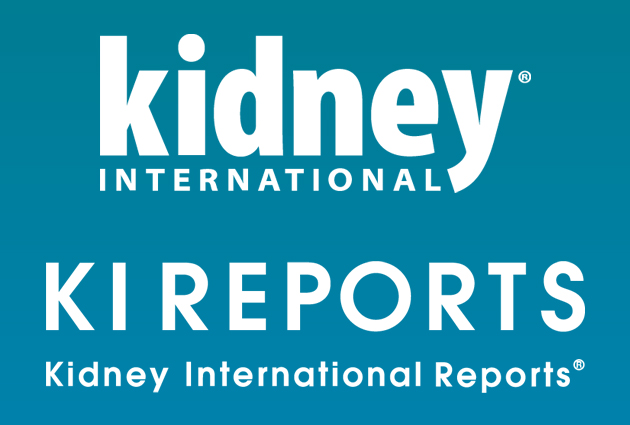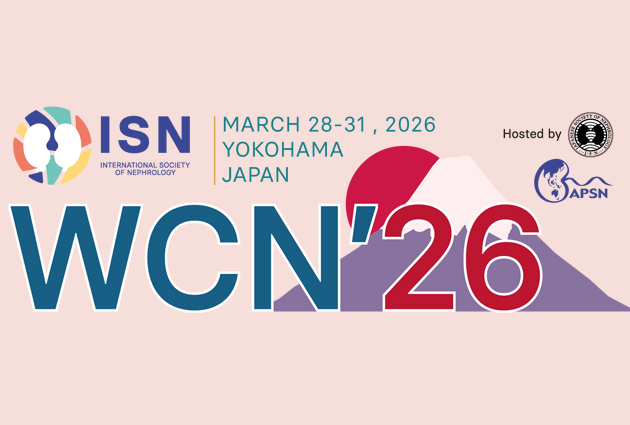Should You Proceed With Surgery or Tablets in Peritoneal Dialysis Patients With Advanced Secondary Hyperparathyroidism?
ISN-ACT Global Trials Focus contributor Ahad Qayyum summarizes the design and outcomes of one of the ISN-ACT Global Trials Focus’s latest trial selections.
The “Trial of the Month” is available in several languages, now including German. Read all global trial selections from the ISN-ACT initiative here. In addition, in the ISN ‘Guide for Everyone‘ series, selected clinical trials are demystified for the layperson.
Impact of Parathyroidectomy Versus Oral Cinacalcet on Bone Mineral Density in Patients on Peritoneal Dialysis With Advanced Secondary Hyperparathyroidism: The PROCEED Pilot Randomized Trial
Wang et al., Am J Kidney Dis, 2024 Apr;83(4):456-466.e1.
Summary:
This head-to-head, open-label pilot recruited 65 peritoneal dialysis (PD) participants with advanced secondary hyperparathyroidism (2HPT) to evaluate whether medical therapy (oral cinacalcet, n = 33) or surgery (total parathyroidectomy with forearm autografting, n = 32) was superior in improving bone mineral density (BMD).
Advanced 2HPT was defined as an intact PTH level >= 800 pg/ml despite maximal vitamin D analog treatment or a serum calcium >= 2.5mmol/L with radiological evidence of parathyroid hyperplasia/nodularity (without the use of vitamin D analogs).
An initial daily dose of 25 mg of oral cinacalcet was prescribed. The dosage could be increased by 25 mg every 12 weeks up to a maximum tolerated dose of 100 mg per day to maintain intact PTH levels within 2 to 9 times the upper reference limit of the laboratory.
Both groups (oral cinacalcet vs. surgery) were similar in age (57 vs. 56), the proportion of males (14/33 vs. 12/32), and duration of PD (62 vs. 60 months). The participants were followed up for a period of 12 months, during which they had a DEXA scan on day 0 and then at 12 months.
A large proportion of the participants in both groups were found to have low BMD at baseline, with osteopenia/osteoporosis most prevalent at the distal radius. At the end of the 12-month study period, both the cinacalcet-treated group and the total parathyroidectomy group had significantly improved BMD of the lumbar spine and femoral neck, but the improvement was greater with total parathyroidectomy (P<0.001).
There were also significant improvements in T- and Z-scores in both groups (oral cinacalcet vs. surgery) over 12 months in the lumbar spine (change in T-score over 12 months: 0.30 vs. 1.00; change in Z-score over 12 months: 0.40 vs. 0.90), and of the neck of femur (change in T-score over 12 months: 0.10 vs. 0.70; change in Z-score over 12 months: 0.20 vs. 0.70). There was no significant change in BMD, T- or Z-score in the distal radius with either intervention.
Commentary:
This study demonstrates a high prevalence of low BMD and osteopenia/osteoporosis in PD patients with advanced 2HPT.
BMD of lumbar spine and neck of femur improves both with oral cinacalcet and total parathyroidectomy, but the latter was found to result in greater improvement in BMD.
The bone density of the distal radius did not improve in either group. As a rationale for this observation, the authors suggest differing effects of therapy on cortical (distal radius) vs. trabecular bone and possibly the short follow-up duration.
The study’s main limitations are the small sample size, limited follow-up period of 12 months, and lack of bone biopsies to assess bone turnover, volume, and mineralization.



